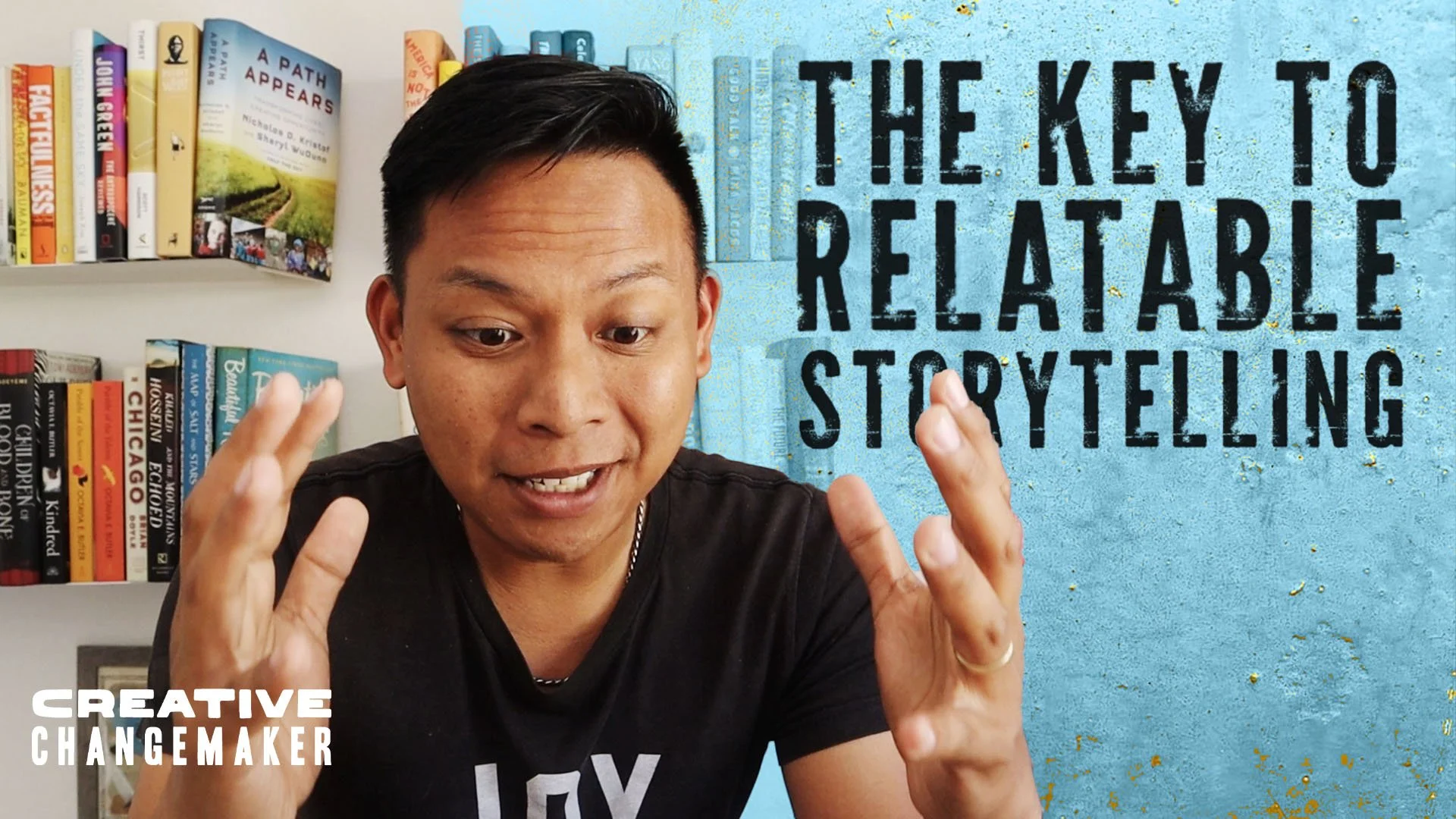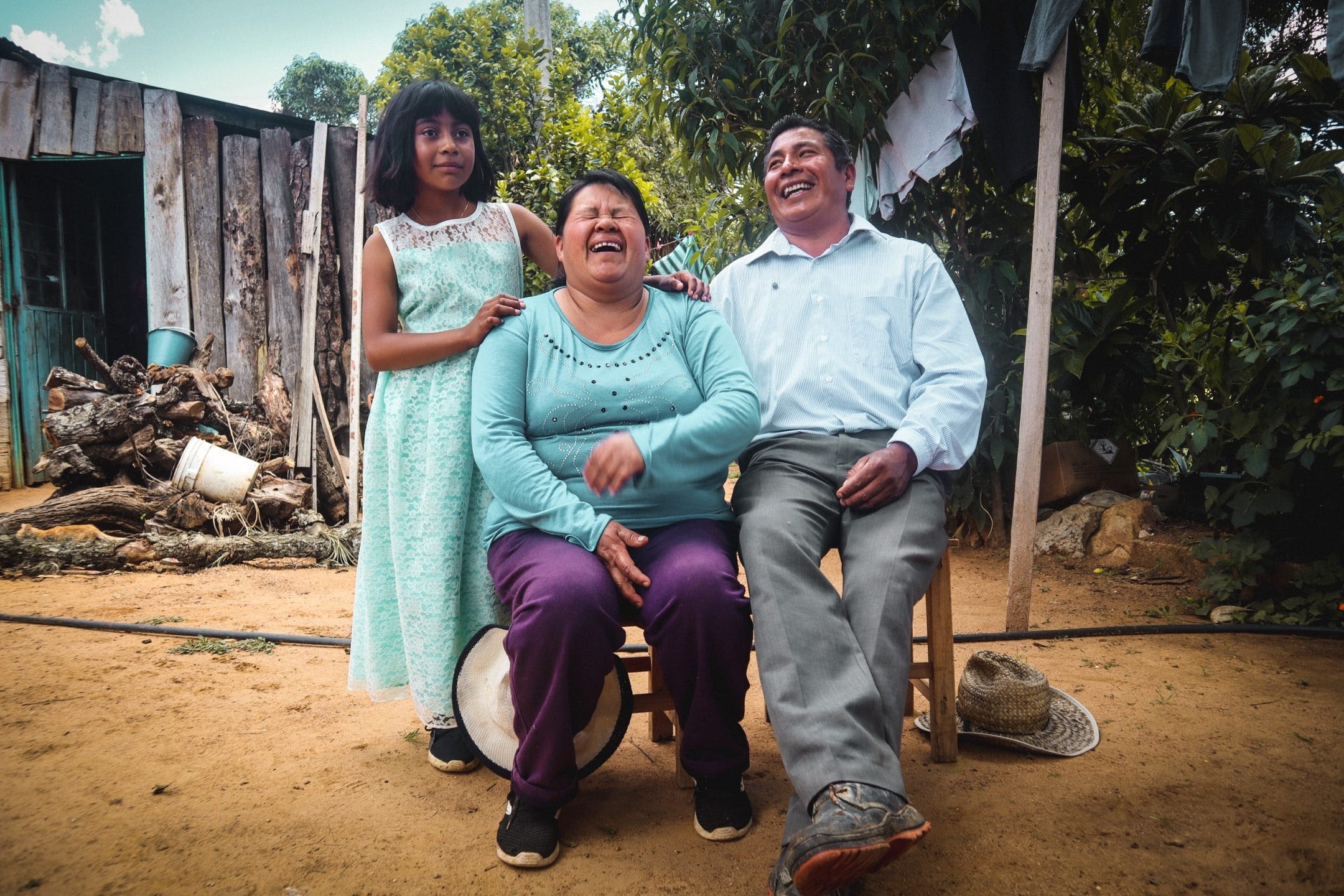I have a new Creative Changemaker episode out now!
In this one, I share my secret sauce to crafting stories that are relatable. Stories that people find themselves invested in, even though they share little in common with the characters. Even though they’re set in places distant and foreign for their audience.
In the end, these differences only exist at a surface level. Deeper down, there are some shared experiences that are a part of being alive, and tapping into those universal elements can help bridge the gap between the world of your story and the world your audience lives in.
After all, that’s when a story is really grooving, isn’t it? When a person looks at a character’s situation, choices, and emotions and feels like it so closely matches their own experiences.
Watch my latest video where I unpack how to get to that effect a little sooner.
My Recipe for Relatable Storytelling
One of the biggest fears that most storytellers face is telling a storyteller that people simply can’t relate to.
We’ve all been there. Trying to share a fascinating personal story to somebody whose interest just doesn’t emerge. The half-hearted smile unsuccessfully disguising a mind that is someplace else.
It’s one thing when our spontaneous stories don’t land, but it’s probably even more painful when the stories we’ve been deliberately and carefully crafting fall flat.
I think that’s one of the big reasons many storytellers choose to play it safe. To only tell stories that exist within a world of familiarity. To stick with settings, characters, and lifestyles that resemble those their audience can relate to.
Of course, we’ll all marvel when something like Dune or Squid Games can take us to a totally different time, setting, or environment… but for every one of these efforts there are eight or nine artists who chose to play it safe, all because the audience might not really relate with what they’re trying to do.
However, when we choose to play it safe, we’re essentially pulling our punches. We’re holding back the power of stories to move people, spark empathy, and change outlooks. If you’re like me, and you believe being an artist isn’t so much about creating something from nothing, but channeling an act of creation that flows through you, then that simply doesn’t sound like acceptable stewardship.
But telling relatable stories that grease the wheels of empathy… that often sounds easier said than done. How does a person actually accomplish this?
Here are the three things that I’ve found people are most apt to connect to in a story they watch:
1. An emotional experience
It seems obvious, but seeing a character go through a deep emotional experience that you’ve had before can be so powerfully validating. This is a big thing that happens whenever people talk about a book or movie meeting them at exactly the right moment.
The thing with this, is that it helps to be specific with the emotion that’s portrayed. Loss? That’s a universal. But what about a sudden loss that robbed you of a relationship just as it was getting deeper? One that felt snuffed out as it was emerging, creating a grief that lacks resolution? That’s a very specific flavor of loss, but if you’ve experienced that, it’s powerful to know you aren’t the only one who has.
2. A relationship
Our relationships color our lives, and while there are many different relationships, the same ones seem to be endlessly ripe for storytelling. The fact that Everything Everywhere All At Once managed to portray a mother-daughter relationship in a way that felt both fresh and familiar is a testament to how timeless relationships can be as the heartbeat of a story. In the end, this is what people related to, not the universe-jumping escapades.
Like with emotional experiences, it helps to be specific. To find a specific flavor of relationship. To draw from real life. We’ve seen plenty of father-son stories, but there’s a world of difference between Field of Dreams and Manchester By The Sea.
3. A decision
One of the things that makes a story shine is when a character needs to make a difficult decision. Everybody faces decisions at one point that would send their life down a completely diverging path. This is an opportunity to have that experience reflected in a character they see.
I’m a big believer that any setting or sort of character can be relatable. Just look at what Pixar has done with a trash compactor, a rat, a disembodied soul, the elements, and a bunch of emotions.
This belief fuels my work.
As a climate storyteller, I’m banking on the fact that people in more comfortable positions who can advocate, give, and vote would do so while keeping in mind the plight of those living in more vulnerable situations. It’s possible, but it also takes work. These three elements help take care of a lot of the heavy lifting.






